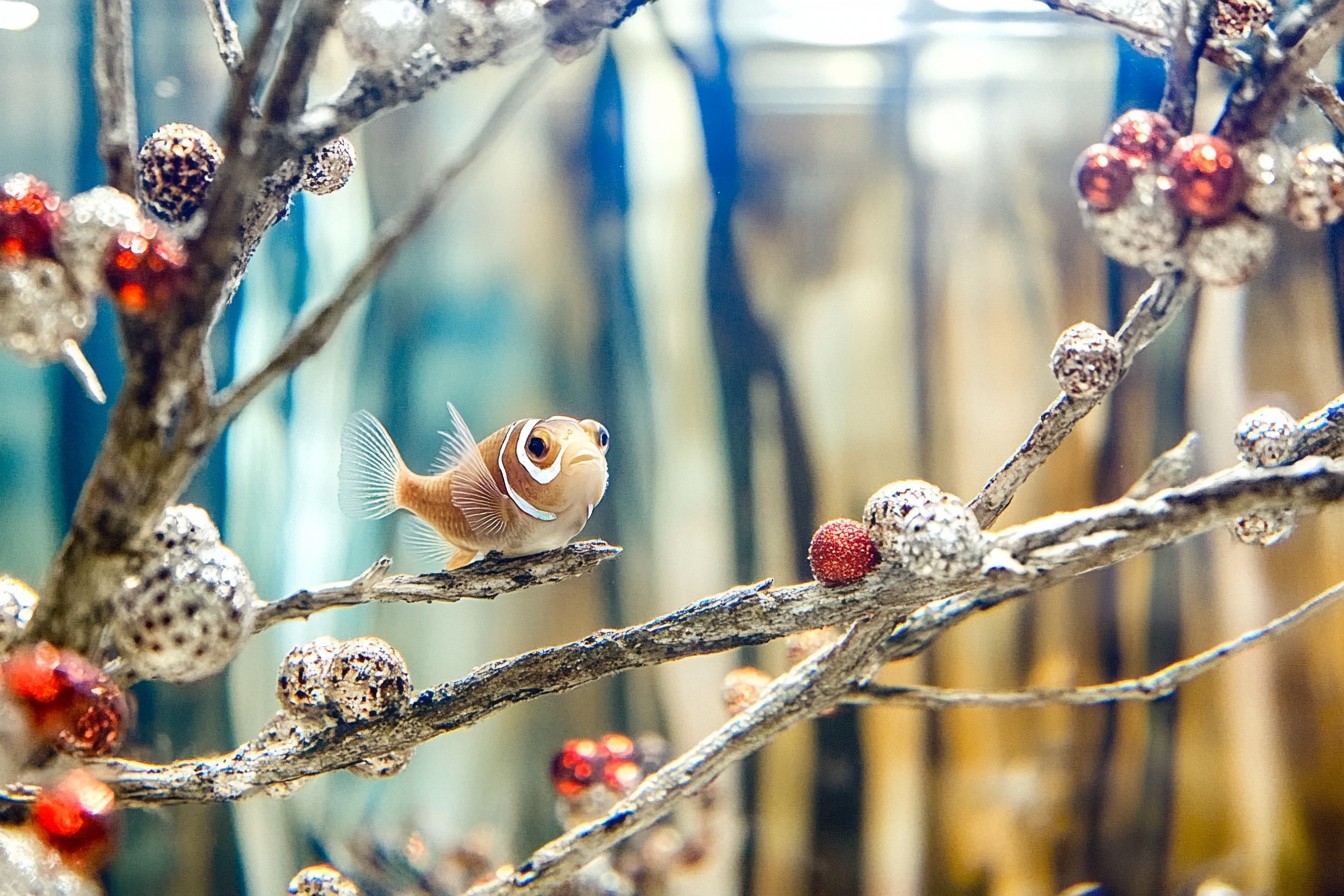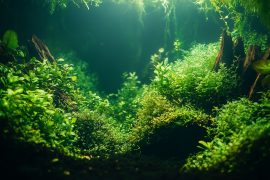Let me shed some light on the Halloween tank catastrophe of 2019. Imagine this: I spent the all the way from September 30th to Halloween crafting what was supposedly show-stopping a “haunted shipwreck” aquarium themed setup. A food-grade resin pirate ship with custom features, arcs of purple and orange LEDs, perfectly synchronized black ghost knife fish and fog made with fine bubble curtains. I mean it, you could post this anywhere and it would make jaws drop.
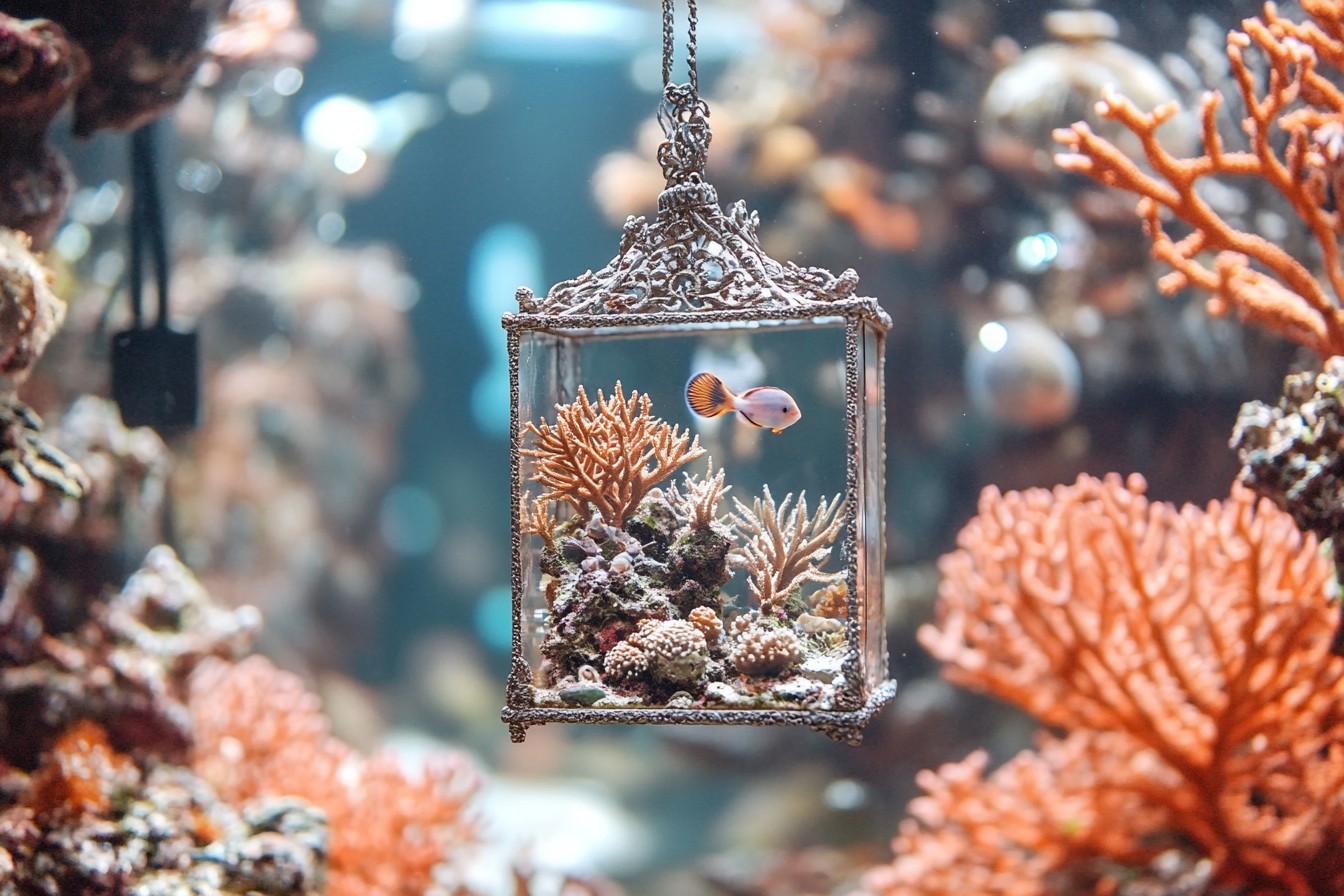
This grandeur invited all my friends over for a Halloween get together where the centerpiece was actively the center of all my attention and it took about two hours for my friends to strip the entire thing of it’s charm. Getting completely inebriated my bf thought stuffing the tank with candy pumpkins would be hilarious, and I swear before the need completely overtook me I saw him emptying a dozen into the tank. Considering the tech on the worth, those sugar nuggets would turn it into a warzone of sorts. For christ sakes, the apocalypse. An onslaught of pH crashing, ammonia increases and algae blooms incessant of a horror show, long story short, everything was horrid. Forget keeping the ghost knife fish alive, let me give a large F to my bank account because the only comfort I got after the debacle was that the fish survived. For weeks after they did give me loaded glares, but that is of little concern.
And this is why, my friends, I have very strict “no drunk people around the seasonal display tanks” policies at my house.
This ‘seasonal aquascaping’ is a small niche in the aquarium world that I quite literally ended up in by chance. It began with an ornamentation I did for a corporate client’s reception area. The Christmas setup was quite simplistic—a few red and green plants and small ornaments here and there. Those pictures went semi-viral in the aquarium community, and suddenly, I found myself with clients requesting ‘Easter tanks’ and ‘Fourth of July’ setups. And while my first thought was “This is ridiculous,” it was quickly followed by “Wait, I could actually have fun with this.”
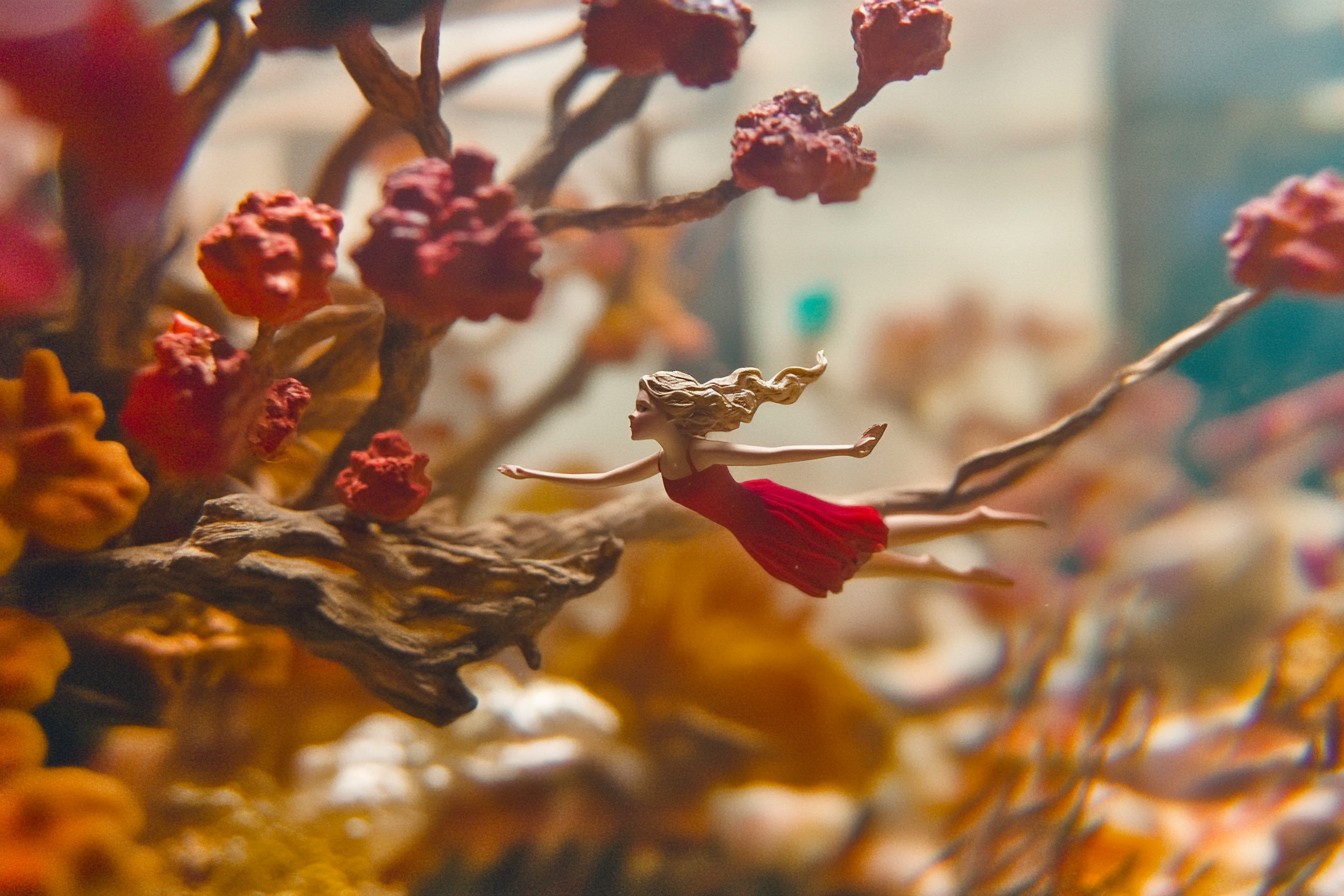
A holiday tank aims for hints of the season, which is moderation. Something I clearly failed at with my Halloween shipwreck monstrosity. It is not to be decorated like Disneyland under the sea, and essences of the holiday’s to show should be subtle. Christmas could do with plant groupings in red and green, rather than a submerged Santa’s workshop bursting with a chimney. And while I have been tempted, I digress.
For seasonal displays, the plants do an exceptional job. As any holiday takes place, colors are already present in nature. Christmas? Simply using red Ludwigia repens and bright green Staurogyne repens creates this perfect traditional atmosphere without needing a single ornament. How about Halloween? Pair black water parameters with tannin-rich driftwood and orange Crypts, and add one small memorable detail like a tiny witch hat. Don’t forget about Valentine’s. Use pink variants with heart-shaped leaves like Anubias barteri or Caladium.
Temperature is very important when it comes to these setups. It is not water temperature that matters; rather, it is visually temperature. Christmas displays do well in tanks that look cool, while autumn setups require warmer light. Different modes have been programmed into my Kessil lights, as my partner Jen thinks I’m bonkers for having “Thanksgiving lighting” for the living room tank. However, to my surprise, her mother commented how the tank would feel perfectly matched during fall decor.
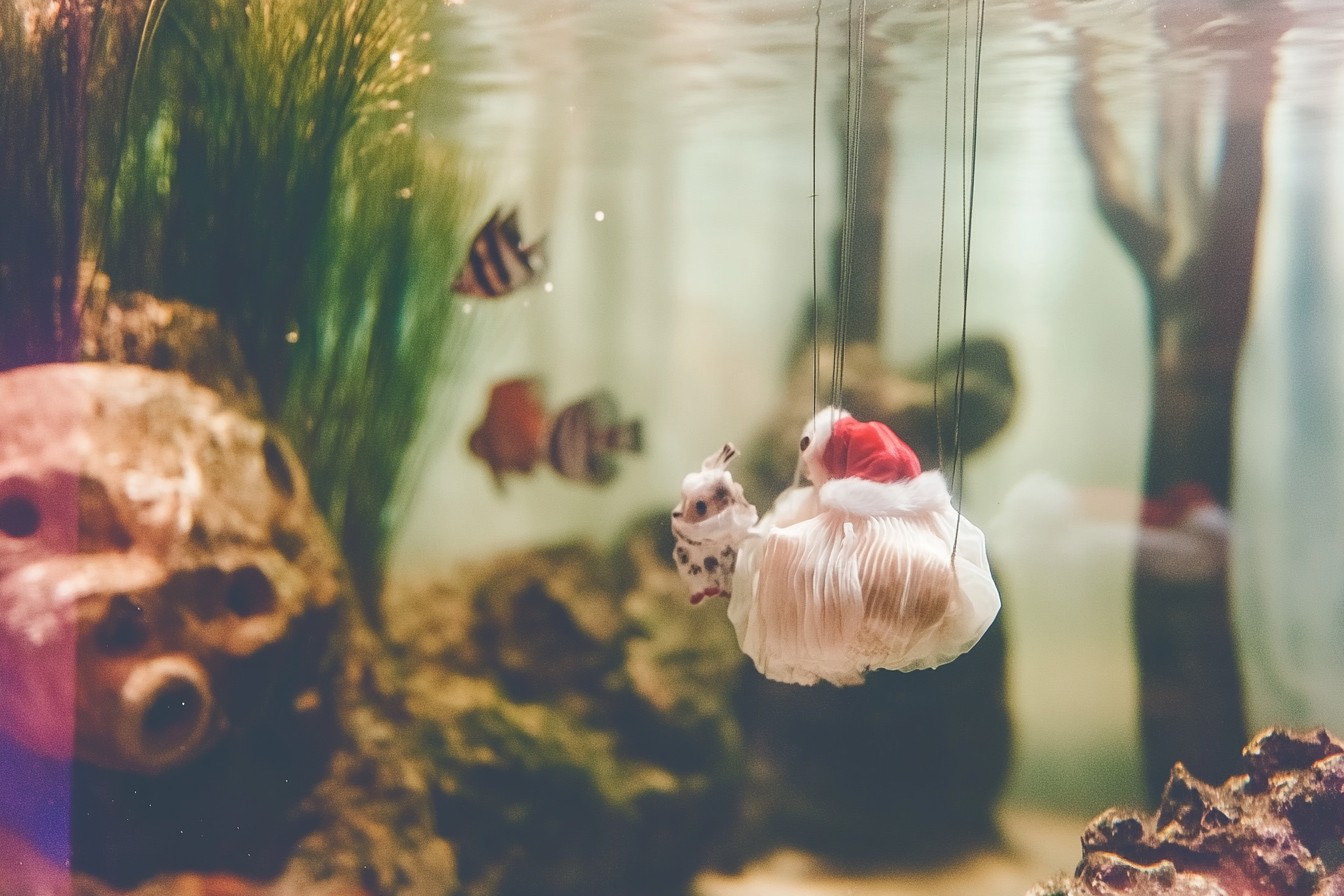
Finding ornamental features that are within the parameters and do not harm your fish is what I think is the most challenging part. When I was still learning, let’s just say I learned this lesson the hard way. I purchased an exquisitely handcrafted ceramic Easter egg for a grotesque amount from a boutique downtown. After getting unfortunate advice from a friend, I placed it directly into my display tank without any preliminary testing. Within what seemed like three hours, the pH level skyrocketed and my cardinal tetras were gasping for air at the surface. Apparently, the glaze leached out and doused the water with metal compound. What a rookie move.
Now I am anxious about what goes in a tank. For every piece of decor, I need to soak test it for at least a week prior to placing it near my fish, and I do keep a 10-gallon tank solely designed for quarantine. I keep decor items in the workshop shelves and test water labeled with dates and parameter readings like I’m conducting some kind of mad scientist experiment. Which, I guess, isn’t far from the truth.
What can be considered the holy grail of seasonal aquascaping? It’s creating displays that change by themselves through the seasons without major dismantling. I have this 75 gallon aquarium in my studio, and I’ve figured out how to set it up with base plants such as quadrants of modulars that can be altered seasonally, which can be done with minimal disruption to the entire ecosystem. It has taken years to optimize that technology. The base is an exquisite arrangement of Bucephalandra species (which are very slow growing plants, however, almost indestructible) on driftwood topped off with Java fern “trees” in each corner. Then, I’ve divided the substrate into sections for seasonal stem plants that are not too difficult to remove.

Clients assume I’m some kind of wizard when their tanks seamlessly transitions from summer to fall in what appears to be very little work on my part. What they don’t know is that for some of their tanks, I do wake up at 5am on the season’s first day to painstakingly replant individual plants while whispering to very startled fish. “Just a bit of redecorating, guys, go back to sleep.” Pretty sure my client’s security guards think I’m absolutely bonkers.
If you think I am unhinged, just wait till you hear about the most absurd custom New Year’s Eve themed tank I ever attempted. One aspect that I added was an underwater “ball drop” mechanism where I reduced a Times Square theme to a silver disco ball that would elegantly be lowered by an automatic timer at first midnight. The concept certainly surpassed my expectations during pre-event testing. However, the main occasion was an absolute calamity. The line snagged on driftwood, the ball was stuck halfway down, and worst of all, a particularly inquisitive angelfish swam over and caused the line to snag, only to swim in circles after hooking itself. My dear fishy friends thankfully met no demise, but I was forced to spend the first twenty minutes of my new year in a tank enduring the wrath of angelfish, while my friends celebrated what they believed was the my best pre-set event which, shockingly enough, was a total failure.
Fishes can be seasonal elements as well, although I’m always cautious when using this broad of an approach. Pet caged in a tank and kept as decorative ornaments during specific seasons is quite a rage that many have. There does, however, seem to be a reasonable alternative to work around this idea. I have a school of gold white cloud mountain minnows that migrate between two of my connected display tanks seasonally. As it so happens, these fish choose to spend their summers as far North as possible; they appreciate cooler waters, so they spend summer in the heavily planted, chiller-equipped tank and then in winter, they move to the “holiday” display tank where their gold coloration complements the festive setup. They accomplish this journey on the sheer of their own volition by a clear tube connector linking the tanks, with the aid of the temperature gradient that I create. Visitors get so mesmerized watching passive seasonal migration.
For those who are thinking of trying their hand at the festive themed aquascaping, I have this approach: begin with the lighting and the plants, ignoring the decorations. A Halloween tank can easily do without a plastic skeleton if the right black and orange combination of plants is used alongside dimmed lights. A Christmas themed tank is crying festive character and will do so with another bundle of cheerful red plants focused centrally. The decorations should be the accent and not the fixtures.
Always remember that we are keeping living animals and not putting up a knick-knack shelf. Seasonal modifications cannot compromise the well-being or equilibrium of the mini-ecosystem. I once had a client who wanted to change her entire tank theme monthly to align with her home’s aesthetic rotation. It needed some gentle explaining that her fish would effectively be enduring something equal to water parameter roulette. That is to say, their wellbeing would be as detrimental as if an individual replaced their apartment’s air with different variations of gas every few weeks. Instead, we reached a consensus focusing on quarterly changes primarily to plants, lighting, and slight modifications to the hardscape.
If you’re curious about the fate of the Halloween ghost knife fish after the candy corn incident, let me just say, they now reside with me in my display tank. They have officially earned their retirement from seasonal showcase duty. Every October 31st, I still ‘celebrate’ them with some extra attention: no candy corn in sight, just some premium bloodworms and a silent apology for the trauma of 2019. This hobby certifies that one way or another, we learn from our mistakes. Like, for example, getting covered in sticky tank water and fish slime while trying to remove candy from the filter media at 2 am on a holiday night—and the hard way. Regardless, wouldn’t trade this hobby for anything.
